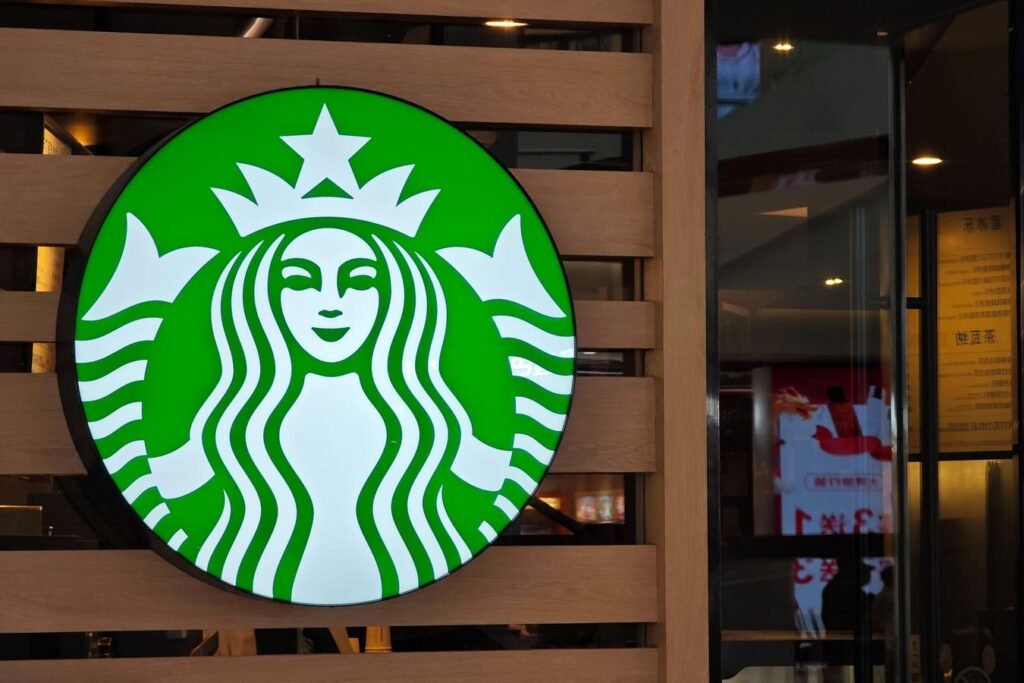Starbucks, the world’s leading specialty coffee retailer, experienced a decline in its stock price, currently trading at $81 per share, down 36% from its pre-inflation shock high in July 2021. The company reported disappointing fiscal Q2 2024 results with weak net revenue of $8.6 billion, a decline in operating margin, and a 4.0% decrease in comparable sales. Factors such as rising operating costs, increased promotional activities, and higher wages contributed to the lackluster performance, with China seeing the worst decline in comparable sales at -11%.
In response to the weak Q2 results, Starbucks slashed its full-year outlook, now expecting revenue growth in the low single-digits for fiscal 2024, down from the previous 7% to 10% range. Inflationary pressures played a significant role in the company’s lackluster performance, with Starbucks stock down almost 15% year-to-date. Despite the decline, Starbucks’ stock is trading at a compelling price-to-earnings ratio of around 22, suggesting potential gains in the long term as the company continues to grow in the United States and has significant growth potential in China.
Over the past three years, Starbucks stock has faced a notable decline of 25%, underperforming the S&P 500, which saw an increase of about 40% over the same period. Individual stocks, including heavyweights in the Consumer Discretionary sector, have struggled to consistently beat the S&P 500 in recent years. However, the Trefis High Quality Portfolio, comprised of 30 stocks, has outperformed the benchmark index each year. In light of the current uncertain macroeconomic environment, Starbucks may face challenges in outperforming the S&P 500 in the next 12 months, or it could see a recovery.
An analysis of Starbucks’ stock performance post-inflation shock shows the company could potentially recover to previous levels but may face challenges in a volatile market. Comparing the current economic environment to the 2007-2008 financial crisis, Starbucks stock fell from pre-crisis levels to almost $5 in March 2009 before recovering to around $12 in early 2010. Fundamentally, Starbucks has seen revenue growth from $29.1 billion in 2019 to $36 billion in FY 2023, with earnings per share slightly increasing to around $3.60 in FY 2023.
As the Federal Reserve works to control inflation rates and market sentiment improves, Starbucks’ stock has the potential for strong gains once concerns of a potential recession are alleviated. Comparing Starbucks to its peers, investors can assess how the company stacks up against competitors in the industry. Overall, Starbucks’ consistent dividend growth since 2010 and its growth prospects in the United States and China suggest potential long-term gains for investors.

